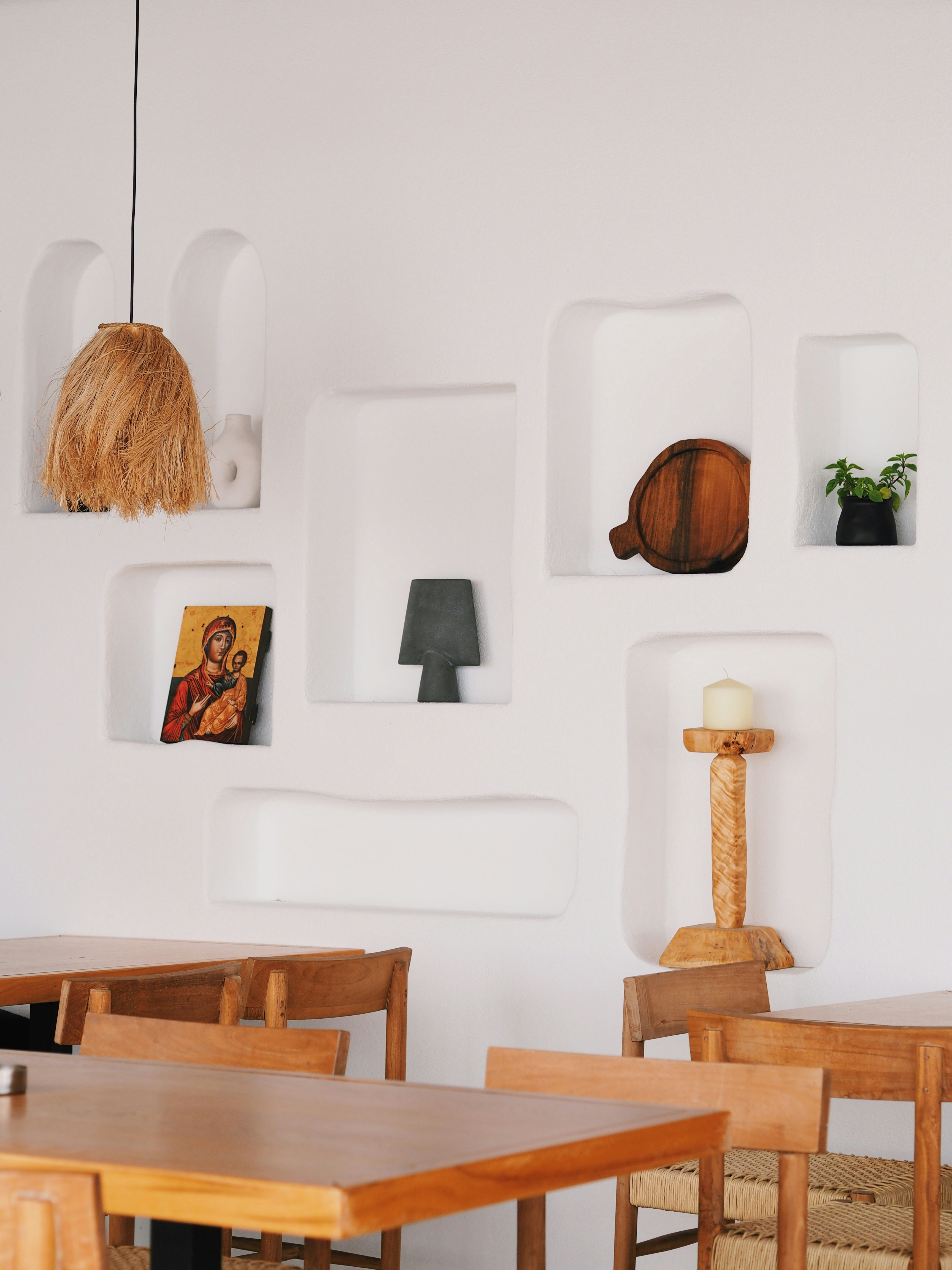
Understanding Minimalism
Minimalism is a lifestyle philosophy that emphasizes simplicity and intentionality in various aspects of life. At its core, minimalist living involves the deliberate choice to focus on what truly matters, eliminating the excess that can lead to clutter—both physical and mental. The essence of minimalism goes beyond merely owning fewer items; it revolves around creating a fulfilling life based on experiences, relationships, and well-being, rather than an accumulation of possessions.
The benefits of adopting a minimalist lifestyle are numerous. One of the most significant advantages is stress reduction. A clutter-free environment has been shown to promote a sense of calm and clarity, allowing individuals to concentrate better on their tasks and responsibilities. Moreover, in a world filled with distractions, minimalism encourages individuals to streamline their priorities, ultimately enhancing productivity and focus. This intentional approach assists in minimizing decision fatigue, enabling clearer decision-making processes in both personal and professional realms.
Financial savings also play a crucial role in the minimalist philosophy. By deliberately choosing to purchase only what is essential, individuals can reduce their expenditure on unnecessary items. This conscious consumption not only leads to increased savings but also cultivates a deeper appreciation for the value of money. As material possessions are often tied to ongoing costs, such as maintenance, storage, and insurance, embracing minimalism can lead to significant financial benefits.
Despite its advantages, various misconceptions about minimalism persist. Many people mistakenly associate minimalism with deprivation or monotony, believing it entails sacrificing comfort or aesthetics. In reality, minimalism celebrates quality over quantity, encouraging individuals to invest in meaningful possessions that enhance their lives. By understanding these principles, individuals can embark on a journey toward a more thoughtful and fulfilling lifestyle through minimalist living.
Setting Your Decluttering Goals
Embarking on a minimalist living journey can be an enriching experience, especially when approached with clear and actionable decluttering goals. The first step in this 30-day challenge is to establish personal targets that are both realistic and achievable. A well-defined goal will serve as a guiding light, allowing you to track your progress effectively and stay motivated throughout the month.
Begin by assessing the various aspects of your life that may require decluttering. This could include your physical space—such as your home, wardrobe, or workspace—as well as your digital environment, including files on your computer, email subscriptions, and social media. Additionally, consider decluttering your commitments; evaluate activities or obligations that no longer serve you and may be weighing you down. This comprehensive assessment will provide clarity on the areas needing your attention and help in formulating specific targets.
As you set your goals, remember to focus on smaller, manageable milestones rather than overwhelming yourself with the entire task at hand. For instance, you might aim to declutter one room each week, tackle your digital files incrementally, or reduce commitments by a certain percentage. This approach will not only make the process less daunting but will also allow you to celebrate small wins along the way, keeping your motivation alive.
Additionally, tracking your progress can be an effective way to stay committed. Consider maintaining a daily journal or using mobile apps designed for habit tracking. Documenting your achievements, no matter how minor, can instill a sense of accomplishment and encourage you to persist. As you complete each task, take a moment to acknowledge and celebrate your success. These small victories contribute to a bigger transformation, making the decluttering process rewarding and fulfilling.
30-Day Decluttering Challenge: A Step-by-Step Guide
Embarking on a minimalist journey requires a dedicated approach to decluttering your living space. This 30-day decluttering challenge provides a structured plan, aiding individuals in efficiently simplifying their environment. Each day of the month is dedicated to specific areas within your home, promoting a focused and manageable decluttering experience.
Beginning on Day 1, concentrate on your entryway. Start by removing shoes, coats, and unnecessary items. Create designated storage for essentials, ensuring your entrance remains organized. By Day 2, shift your attention to the living room. Evaluate decorative items, furniture, and books, asking yourself which items truly resonate with you. Consider donating or selling the things that no longer serve a purpose in your minimalist lifestyle.
Days 3 to 6 focus on various areas, including your kitchen, bathroom, and bedroom, implementing a similar strategy. In the kitchen, discard expired items from your pantry and simplify your utensil drawer. For the bathroom, review products and toiletries, retaining only those you frequently use. In the bedroom, aim for a serene space by removing superfluous clothing and accessories from your closet.
The subsequent days guide you through closets, home offices, and communal spaces. Each task encourages you to reflect on your possessions, challenging the necessity of each item. Use the one-year rule: if you haven’t utilized it in the last year, it may be time to let it go. By Day 30, you will have systematically decluttered your home, down to the last drawer.
Throughout this challenge, maintain focus on your minimalist philosophy. Aim to keep items that bring value or joy. As you progress, discover the benefits of living with less, ultimately creating a more harmonious environment. This meticulous but straightforward approach will support your transition toward a simpler, less cluttered life.
Maintaining a Minimalist Lifestyle Beyond 30 Days
Achieving a minimalist lifestyle through a structured 30-day decluttering challenge is an admirable first step; however, the true test lies in sustaining that lifestyle long-term. To maintain the benefits of minimalism, individuals should engage in regular assessments of their belongings. This practice involves periodically reviewing items in their possession, identifying those that are no longer necessary or used. By setting aside time each month to evaluate belongings, one can make informed decisions about what to keep and what to discard, ensuring that clutter does not re-emerge.
Another essential strategy to prevent clutter creep is to implement the “one-in, one-out” rule. This approach requires that for every new item brought into the home or workspace, one existing item must be removed. This habit helps to maintain a balance, cultivating an environment that promotes simplicity and prevents the accumulation of excess. Additionally, it fosters mindfulness regarding purchases, encouraging individuals to consider the true necessity and purpose of new belongings.
Incorporating mindfulness into daily life is pivotal in sustaining minimalism. Mindfulness practices, such as meditation or journaling, can help individuals remain aware of their consumption habits and emotional attachments to material possessions. This awareness serves as a reminder to prioritize experiences and relationships over physical items, thereby enriching the minimalist lifestyle.
Creating habits that reinforce minimalist principles can extend beyond the home environment. In various facets of life, such as workplace organization and digital spaces, applying minimalism can lead to increased efficiency and clarity. By developing routines that prioritize essential tasks and decluttering both physical and digital spaces, individuals can ensure that the principles of minimalism are woven into every aspect of their lives.
Overall, sustaining a minimalist lifestyle demands ongoing effort and commitment. Through regular evaluation, mindful consumption, and establishing supportive habits, individuals can create a lasting framework that embraces simplicity and enriches daily living.


